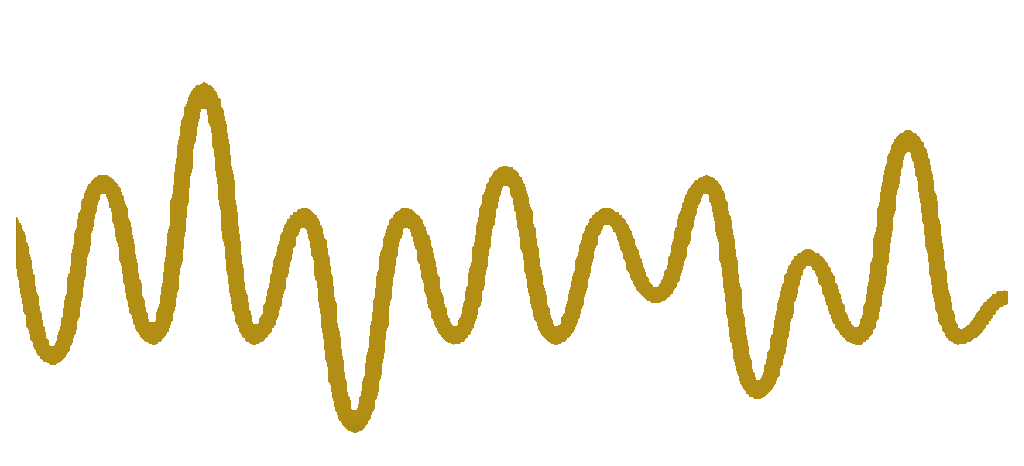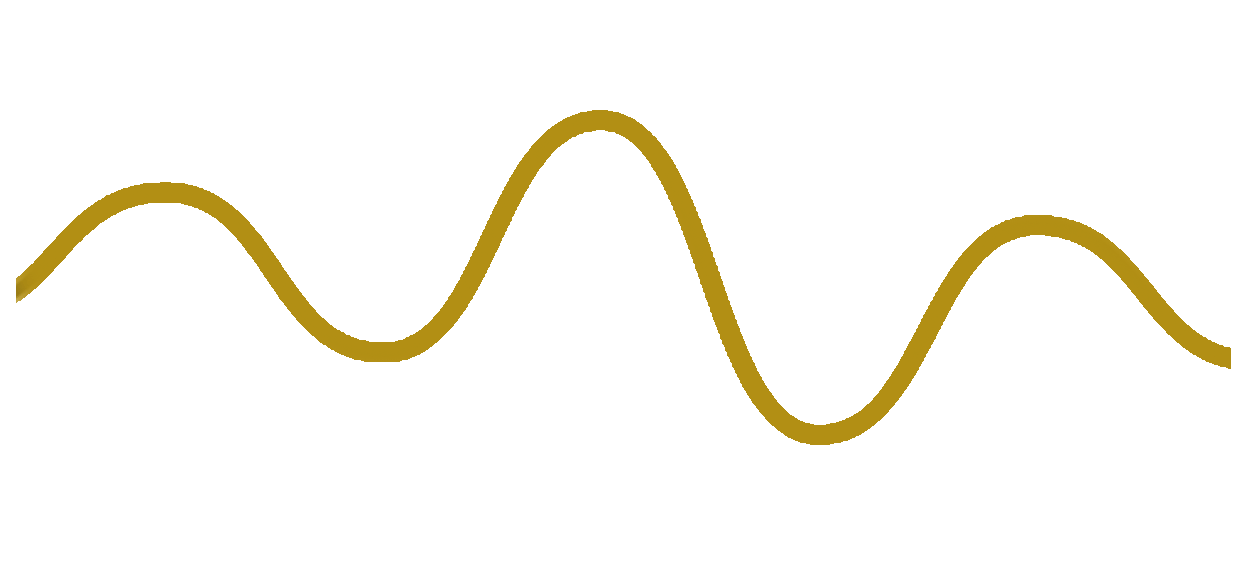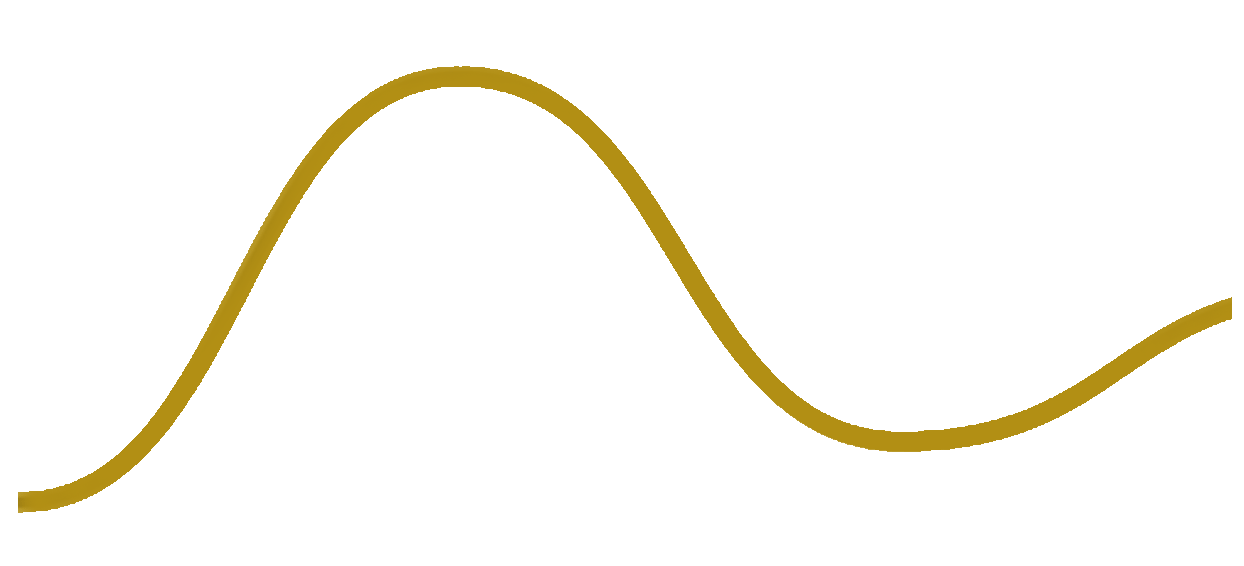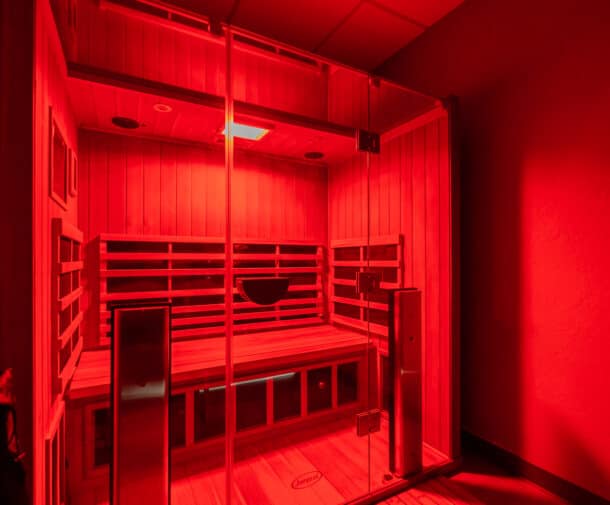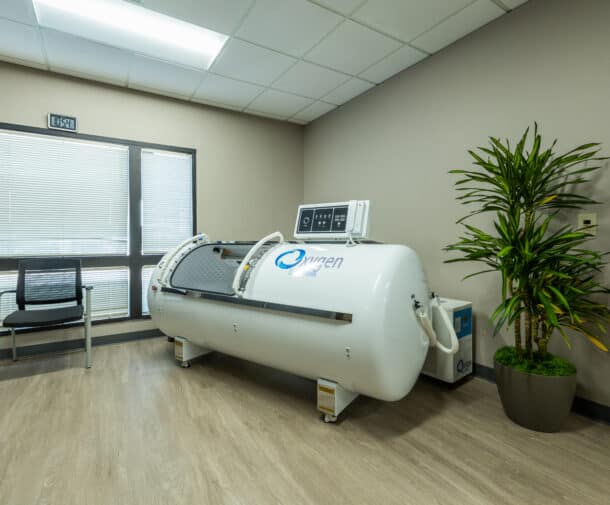If you’re looking for Neurofeedback therapy and live in Phoenix, Mesa, Chandler, Gilbert, Glendale, Scottsdale, Peoria or other nearby cities. MHCA has some excellent neurofeedback treatment options for you.
What Is Neurofeedback Therapy?
Neurofeedback, also called biofeedback, is a therapeutic intervention and technology that can help your brain waves work together in a more balanced way.
It is a non-invasive training process that helps to create long-term brain function improvement. All without the side effects that are common to drug-based treatments.
Neurofeedback helps patients to improve their neuroregulation and stability and modify brain patterns that may have implications for mental health disorders such as:
- Anxiety
- Depression
- PTSD
- ADD/ADHD
- Insomnia
- Traumatic Brain Injury
- Stress-Related Disorders
- and more…
Both Biofeedback and Neurofeedback therapies are non-invasive methods that have little to no side effects.
Learn a little about Neurofeedback for anxiety from Dr. Douglas Cowan from Mental Health Center of America. What is anxiety and how can you treat it.
What Happens During A Neurofeedback Session?
During a therapy session, sensors are placed on your scalp, typically the forehead. You will feel little to no discomfort during the session. These sensors measure electrical activity in the brain and generate an Electroencephalogram or EEG.
Your brain will then interact with a computer and software based on your brainwave activity. Those signals are sent back to the brain which causes a change in your dominant brainwaves.
This disrupts the brain that is “stuck” in certain ways of functioning and allows the brain to reorganize in more optimal ways of functioning. Like when you reboot your frozen computer neurofeedback can help get you out of unhealthy brain patterns.
MHCA Neurofeedback therapy environment
How Does Neurofeedback (EEG Biofeedback) Work?
Neurofeedback utilizes low-level EEG electrode placements to supply frequencies to the brain. This therapy specifically targets the pre-existing alpha, beta, alpha/theta, delta, gamma, and theta brain waves. The goal of Neurofeedback is to decrease “negative” brain patterns and function while increasing “positive” brain patterns and function.
Neurofeedback/Biofeedback measures the individual brain waves followed by the neurofeedback signal.
Low-energy neurofeedback, such as what is administered at both the Phoenix and Mesa-based Mental Health Center of America locations. Our system delivers a low-level electromagnetic signal to modify our patient’s individual brain waves while they are completely motionless.
This passive form of neurofeedback does not require manipulation or stimulation (visual, auditory, physical) but allows the patient to participate in neurofeedback treatment completely voluntarily.
Measuring Brain Waves and Brain Functions
There are different patterns of electrical activity, also described as brain waves, that are all recognized and categorized by their individual amplitudes and frequencies.
It is the measurement of the frequency that indicates how fast the brain waves are oscillating. The data is measured by the total number of waves per second, where the amplitude represents the power of those waves.
The neurofeedback sensors (electrodes) systematically measure and record these brain waves and provide feedback to promote neurological improvement.
Beta Brainwaves vs Theta and Delta Brainwaves
Alert, Working
Drowsy, Meditative
Sleepy, Dreaming
Delta Waves are slower brainwaves that occur when the brain is under-aroused or functioning at reduced capacity for mental efficiency. Delta waves are most common when you’re sleeping or daydreaming.
Beta Waves are faster brainwaves and are created when you’re more fully awake or aroused. Your brain creates beta waves when you’re alert, and focused. This causes the neuron networks in your brain to be totally engaged to process the information you’re interacting with.
The faster brainwaves (Beta) need to be dominant for controlling attention, behavior, emotions, and learning. If you are producing too much of the slow brainwaves (Delta or Theta) or too few of the fast brainwaves (Beta), then your brain will be operating at reduced capacity.
Neurofeedback training/treatment is simply brainwave biofeedback. With neurofeedback training, you can learn to improve and strengthen your brainwave patterns. The goal is to operate more with the dominant faster brainwaves essential for focus, organization, follow-through, and basic learning functions.
Initial Treatment Session
During the initial treatment session, each patient will meet with our neurofeedback specialist and participate in a list of outcome measurements. This data will be utilized to establish a baseline for cognitive functions such as memory, concentration, reasoning, and verbal.
Patients will also provide feedback on sleep, energy, mood, stress, and pain. All this information will be utilized to support and gauge treatment progress.
Controlling Your Brain Activity
Accurately recording and influencing brainwave patterns is a difficult task as, generally, our actual “real-time” brain functioning is beyond our level of awareness. Neurofeedback provides a way to gain control over your brain waves, which can lead to positive improvements.
What is the cost of Neurofeedback?
- Neurofeedback Session ($150)
* MHCA participates in a wide variety of health plans to serve our patients. If you have any questions related to health insurance acceptance or covered services, click here for more information.
Other Issues Neurofeedback Therapy Can Help
- Worry
- Autism related symptoms
(anxiety and over-focus) - Grief
- Sadness
- Headaches
- Obsessive Thoughts
- Compulsive Thoughts
- Anger
- Irritability
- Head Injuries
- Concussions
- Fibromyalgia
- Chronic Fatigue
- Insomnia
- Improved Performance
- Improved Focus
- Improved Clarity
- Improved Efficiency
- Improved Concentration
Patients that participate in neurofeedback often notice effects during treatment, or immediately after a brain-training treatment session.
Initial improvements often last for a few hours to a few days, as the brain is adjusting and seeking a “new normal”.
With additional sessions, the improvements last long and will finally “endure”.
Our patients can expect to experience improvements such as:
- A greater sense of calm and clarity
- More energy and a sense of optimism
- A send of welling and greater peace
Types Of Patients We Treat
MHCA is a primary care provider for mental health. We treat the general population including children (12+), adolescents, adults, and older adults.
Children under the age of 12 would benefit from seeking treatment from a specialist in pediatrics. We participate in a variety of health insurance plans and also accept cash payments.
Why Patients Consider Neurofeedback
Neurofeedback training can help you get out of that negative cycle of thinking and doing while reinforcing the qualities of life that bring hope, satisfaction, and clarity.
Once we have identified what really needs to be improved, neurofeedback can then change and optimize the way your brain, nervous system, habits, and relationships actually function.
Followed by the reinforcement of these new habits in an effort to make these changes a long-lasting part of your life.
1. Physical, Cognitive and Emotional Challenges
Children, adults, and older adults have used neurofeedback treatment to address multiple challenges:
- Physical (headaches, insomnia, chronic pain, etc.)
- Cognitive (obsessive thoughts, negative thinking, focus, etc.)
- Emotional (sadness, anxiety depression, panic, etc.)
Neurofeedback therapy and devices are approved by the FDA as an effective intervention for stress reduction.
The American Academy of Pediatrics announced that neurofeedback therapy is a “level 1” – “Best Support” intervention for Attention and Hyperactivity Behaviors (ADD and ADHD) for “Evidence-based Child and Adolescent Psycho-social Interventions”.
2. General Wellness
Whether you are a student, a parent, a professional, or suffering from the pain of depression or anxiety – your “performance” today will equal your “potential” minus “interference.”
Neurofeedback is specifically designed to counteract that cognitive interference so that you can get the most out of your life.
Neurofeedback works best when coupled with healthy lifestyle choices such as a balanced diet, sleep, physical activity, social connections, etc. This therapy encourages a generally positive mental space and a deeper understanding of the undeniable connection between our mind and our body.
Neurofeedback (biofeedback) can enhance the daily health and wellness of your life.
3. Brain Fitness / Age Remediation
Neurofeedback can help support brain health and actually work to mediate cognitive decline that naturally occurs as we age. This cognitive decline can begin in individuals as young as 30 years old.
Neurofeedback can help improve memory, recall, and increase overall cognitive dexterity in older adults. Similar to how physical exercise benefits the body, neurofeedback keeps the brain in shape and resilient.
4. Peak Physical / Mental Performance
Direct neuro/biofeedback therapy gently helps your brain get “unstuck” from bad habits and brain-wave patterns. The brain can become more flexible, peaceful, focused, and productive, and help you reach your goals much faster.
Neurofeedback has been used in a variety of settings including West Point Military Academy, US Olympic Training Centers, and several top universities studying human performance. Peak performance training through neurofeedback enhances focus, alertness, attention, performance, and happiness.
5. Improved Academic Performance
Neurofeedback can improve academic performance in multiple ways such as decreasing stress and anxiety, and allowing the brain to remain calm and think clearly. It also enhances concentration and mental focus which will directly impact academic performance.
FAQs About Neurofeedback/BioFeedback
Is neurofeedback painful?
No, there is no pain associated with neurofeedback. Very few patients may experience a slight headache after participating in neurofeedback.
Will neurofeedback affect my personality?
Neurofeedback will not change your personality. It will simply calm your brain and allow you to think more clearly and positively. This change allows you to feel and act how you want when you want.
Does neurofeedback require intense concentration?
No, neurofeedback (also known as direct neurofeedback) is completely passive and does not require intense concentration.
Will neurofeedback interact with any medications?
No, neurofeedback is not known to interact with any medications. Neurofeedback is drug-free. You should continue to take medications as prescribed by your provider.
What are the known side effects of neurofeedback?
Neurofeedback has been used for over 30 years, with very few reported side effects and is considered safe for all patients. In rare cases, some individuals have reported feeling tired, foggy, or having a slight headache, while other have reported feeling energetic or really happy.
Are neurofeedback and biofeedback the same thing?
Neurofeedback and biofeedback are often described as the same things. Neurofeedback is in fact a type of biofeedback; as they both are designed to specifically target brainwave patterns.
Can neurofeedback be done at home?
Neurofeedback is safe to be performed at home but should be performed under the supervision of a qualified neurofeedback technician.
Neurofeedback Treatment compared to Drug-Based Therapy
Medications (drugs) can be very effective and, at times, are completely necessary in order to treat mental health-related symptoms. However, some medications can be harmful and even dangerous for some people. You should always consult with a licensed medical and mental health provider before initiating drug-based therapy.
If a patient can reach their treatment goals without the use of drugs, they’ll generally be free of adverse side effects from that medication. These include things such as dependence, fatigue, nausea, sleep changes, and more.
Compared to drugs, neurofeedback is a nonmedication form of treatment that can lead to long-term improvement. This is because it uses a learning process that strengthens and develops the synaptic connections in the brain.
How Many Neurofeedback Sessions Will I Need?
Some people report noticeable results after their initial session; however, the clinically recommended number of sessions is 20. Research has shown that the number of sessions a patient participates in will influence treatment outcome and that results will vary among patients.
Where some patients will achieve treatment outcomes in the recommended amount of 20 sessions, some patients may benefit from 25 – 35 sessions.
Ultimately, the number of sessions you might need will be determined by your provider and will be documented on your individual treatment plan. The provider will utilize outcome measures to follow symptoms and adjust treatment as necessary.
What is an EEG
The acronym EEG stands for electroencephalogram. And Electroencephalogram is a machine that monitors electrical brain activity. We can actually map your brain and see your brain activity when you’re engaged in Neurofeedback therapy.
What Do I Wear on My Head During Therapy?
You can wear whatever you would like on your head leading into your appointment. At the time of the appointment, you will be asked to remove your hat, or anything around the forehead area.
The sensors (electrodes), which are small metal plates attached to a short wire that connects to the neurofeedback amplifier will be placed on your forehead and earlobes. The sensors will assess the electrical impulses coming from your brain and send that electrical signal from your brain to the neurofeedback amplifier.
Tour One of Our Mental Health Centers
Our Centers
We are located in the heart of Central Phoenix near 16th St. and Northern Ave and in the East Valley in Mesa near the Superstition Highway (60). Please contact us if you have any difficulty accessing our Clinics.
Please reach out to our team if you have questions.
Phone: (602) 704-2345
Fax: (602) 704-2399
If you are in an emergency, please call 911.



